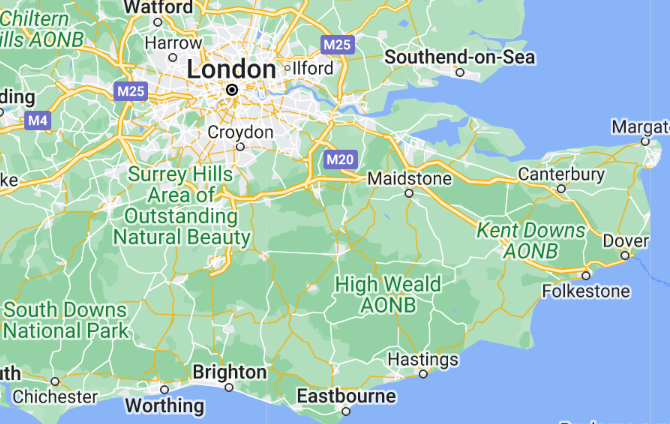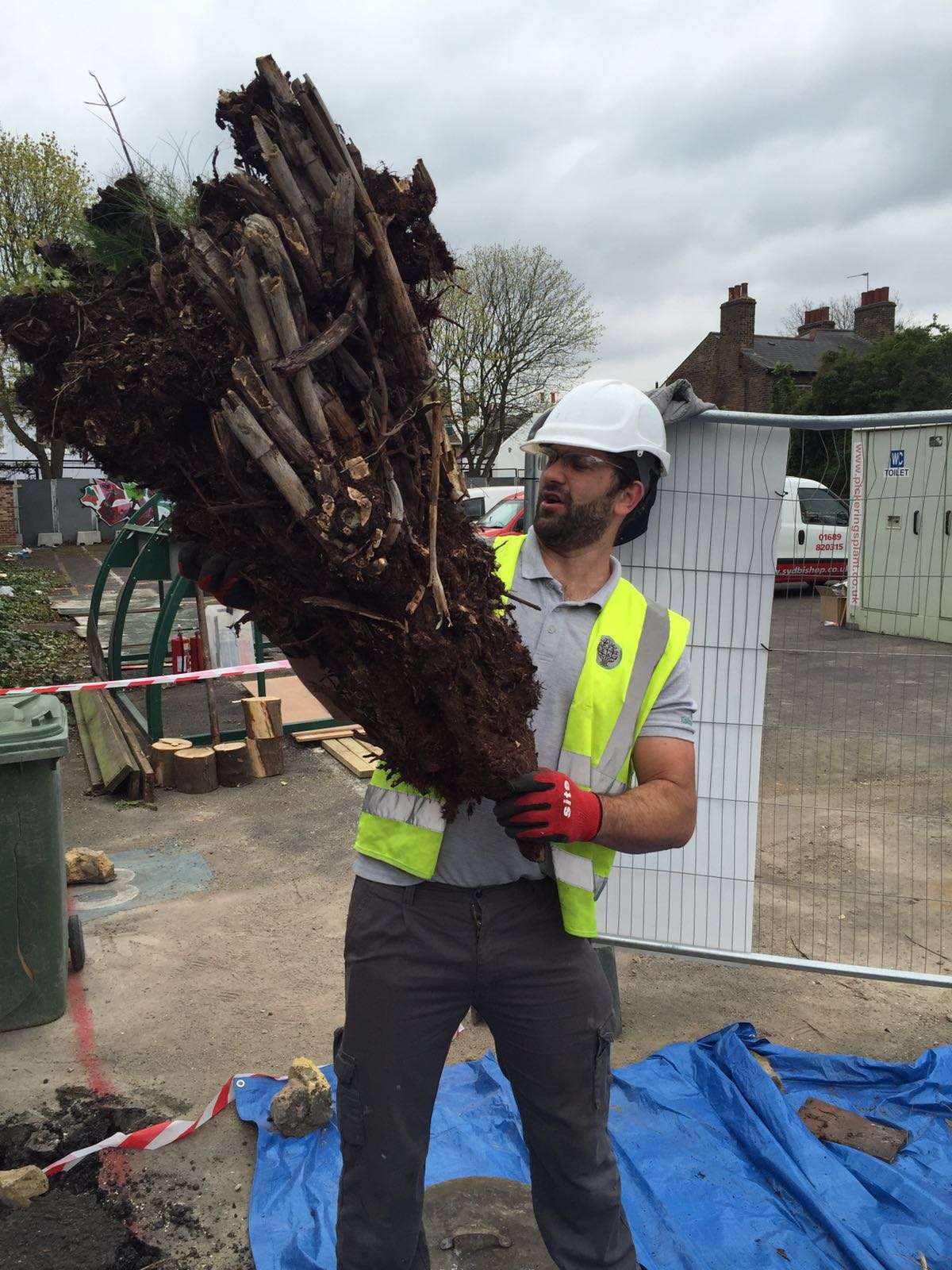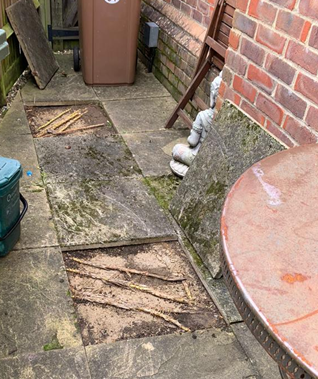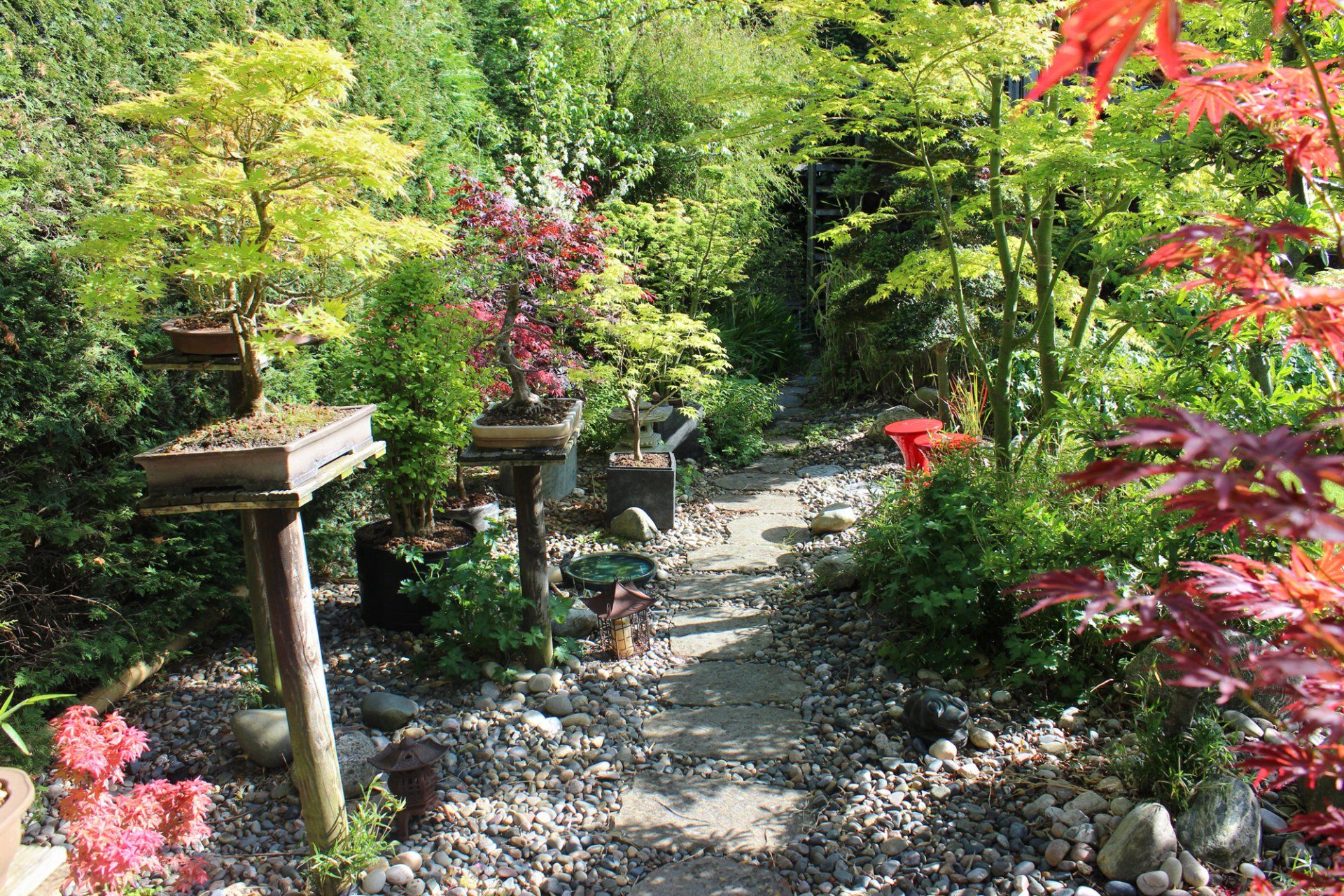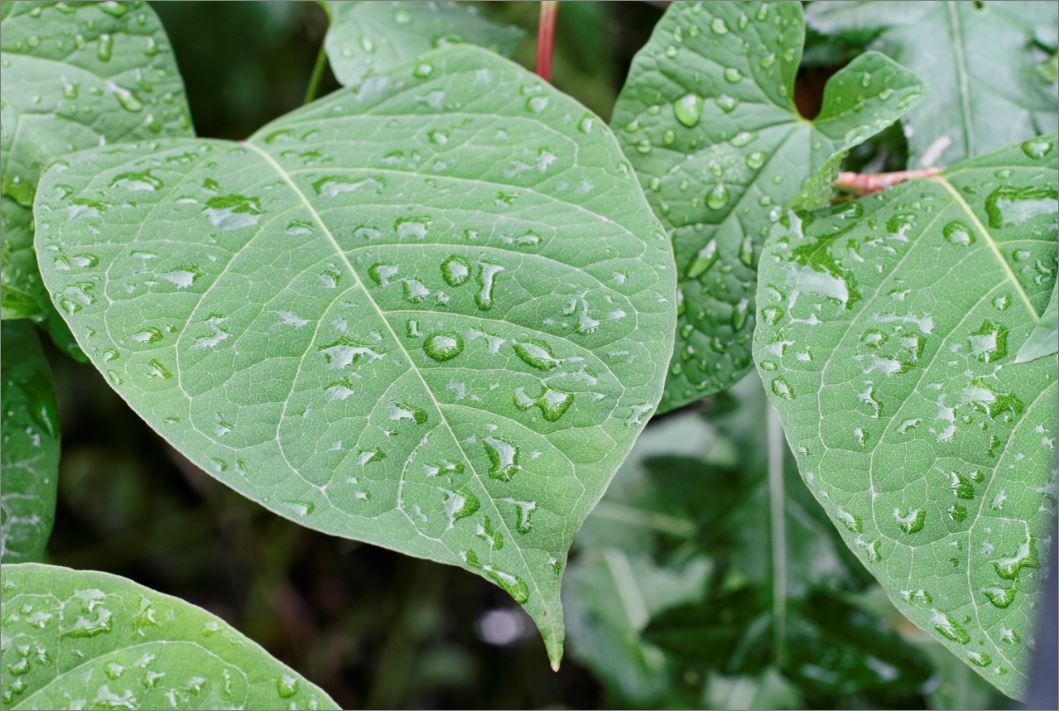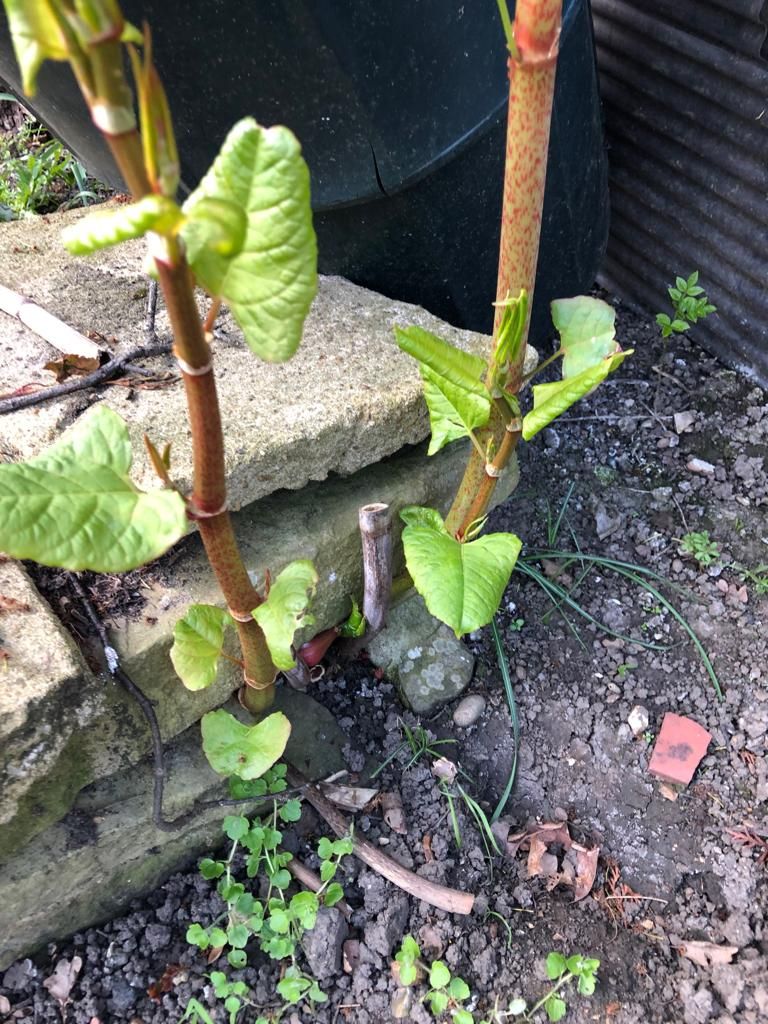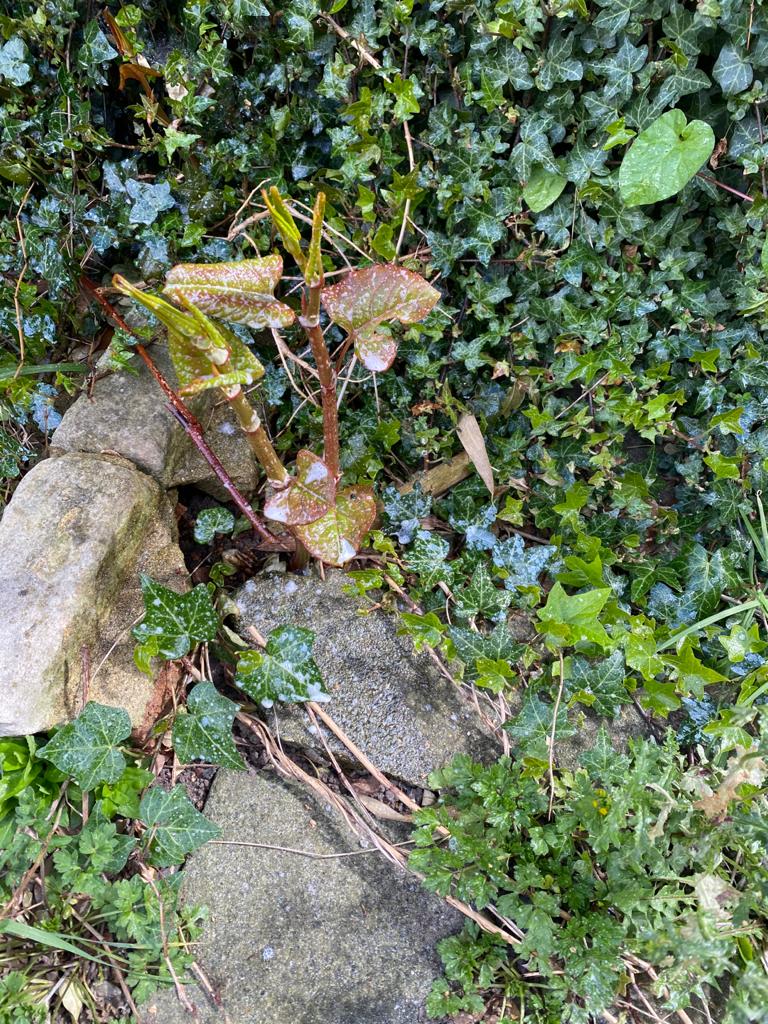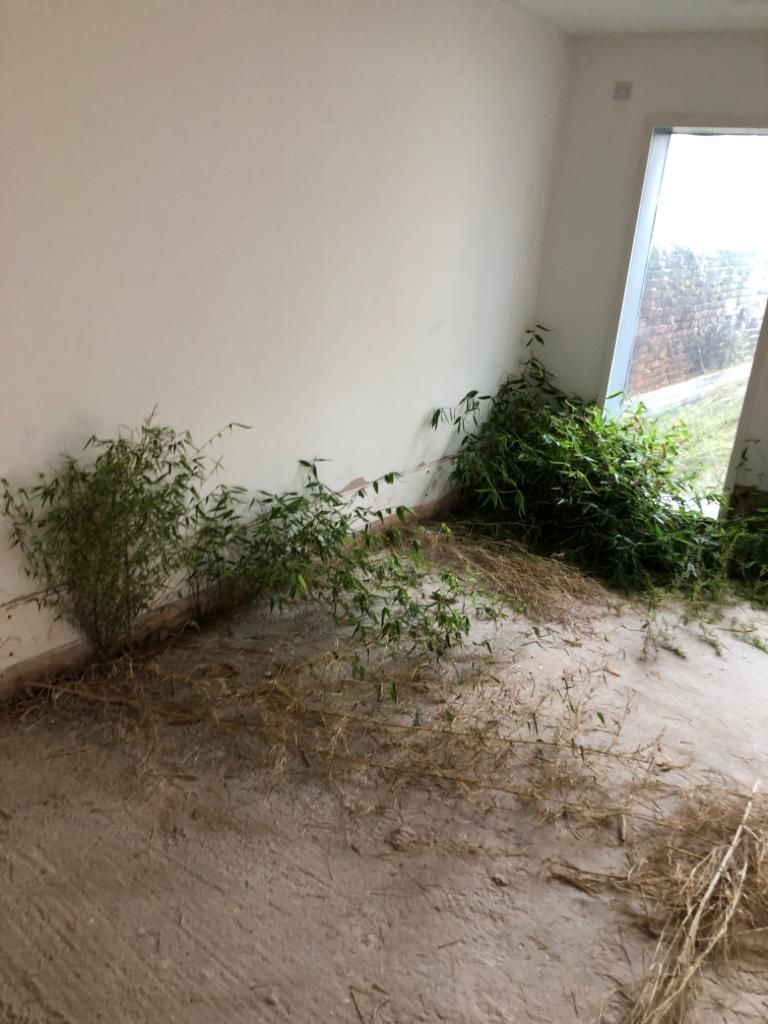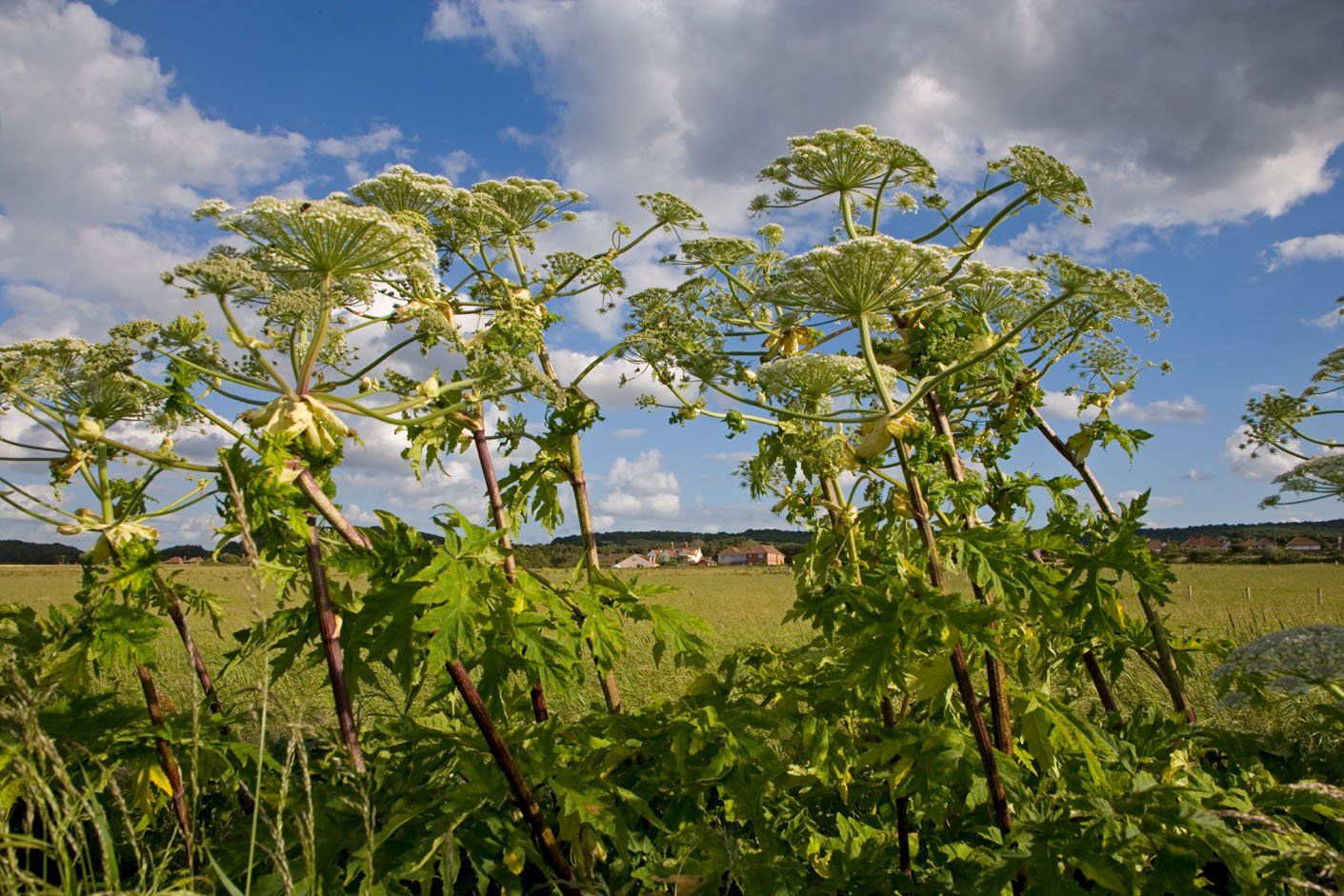Bamboo: Ornamental Garden Plant or Menacing Weed?
We’re all familiar with bamboo; the tall, hardy grass with oriental origins. It has many applications these days, being used more and more as an environmentally friendly fibre or building material. It’s also been consumed in Asian countries for centuries, and there are many claims as to the health benefits of bamboo.
Introduced to the UK in the 1800s, it was sought as a coveted, ornamental garden plant, as were many other plant species. Today, it is still seen this way by some, but others strongly discourage planting bamboo in British gardens, as it can become a rampant, destructive plant that is difficult to remove.
So which is it, an ornamental garden plant or an invasive menace? The answer is, well, both. Continue reading to find out what we mean by this.
The Ornamental Garden Plant
People don’t just like bamboo for its use in eco-friendly socks, toothbrushes, and bicycles, nor for its nutritional value or other practical uses. While these are fantastic benefits, bamboo is largely enjoyed aesthetically, often being introduced as an exotic oriental garden plant.
It can make your garden texturally interesting and diverse, pairs well with contrasting bigger, bold-leafed plants, and grows well on its own in a variety of climates. It’s hardy and can be used as a wall or screen for privacy or for separating sections of a garden, as an alternative to a fence or hedge. From an ecological point of view, bamboo also traps CO2 and releases oxygen very effectively, possibly even more than traditional trees. Therefore, it’s clear to see why many still love it.
The Invasive Weed
Many of the reasons bamboo is so useful are the same reasons it can become a difficult pest. Namely, it growing well and being tough. Out-of-control bamboo can start to take over a garden and even grow through buildings. Standard weed preventer products will not be much use.
There are two varieties of bamboo to be aware of, as their growth can vary. Firstly, there are clumping varieties. These varieties grow from a relatively small and contained root system. As such, the bamboo tends to grow in smaller clusters that are naturally more contained and easier to remove should you need or want to.
The problem is with the other variety of bamboo, known as running bamboo. This type of bamboo sends long, horizontal stems called rhizomes running underground to emerge elsewhere and form a new root system.
This can cause major issues because you never know where the bamboo’s going to pop up next. Uprooting the entire plant can be a massive job after it has spread in all different directions. As mentioned, the plant is particularly tough too. It’s hard to dig out at the best of times, and if it emerges beneath your patio or even your conservatory, you’ll have real problems.
Weed Removal
Invasive plant removal can be very difficult. Before planting bamboo in your garden, be sure it is clumping bamboo rather than running bamboo. If you’ve got a problem with bamboo on your property,
get in touch with Gaia Environmental today. We specialise in weeds removal across the South East, including bamboo removal and
Japanese knotweed control.
We will get back to you as soon as possible.
Please try again later.
